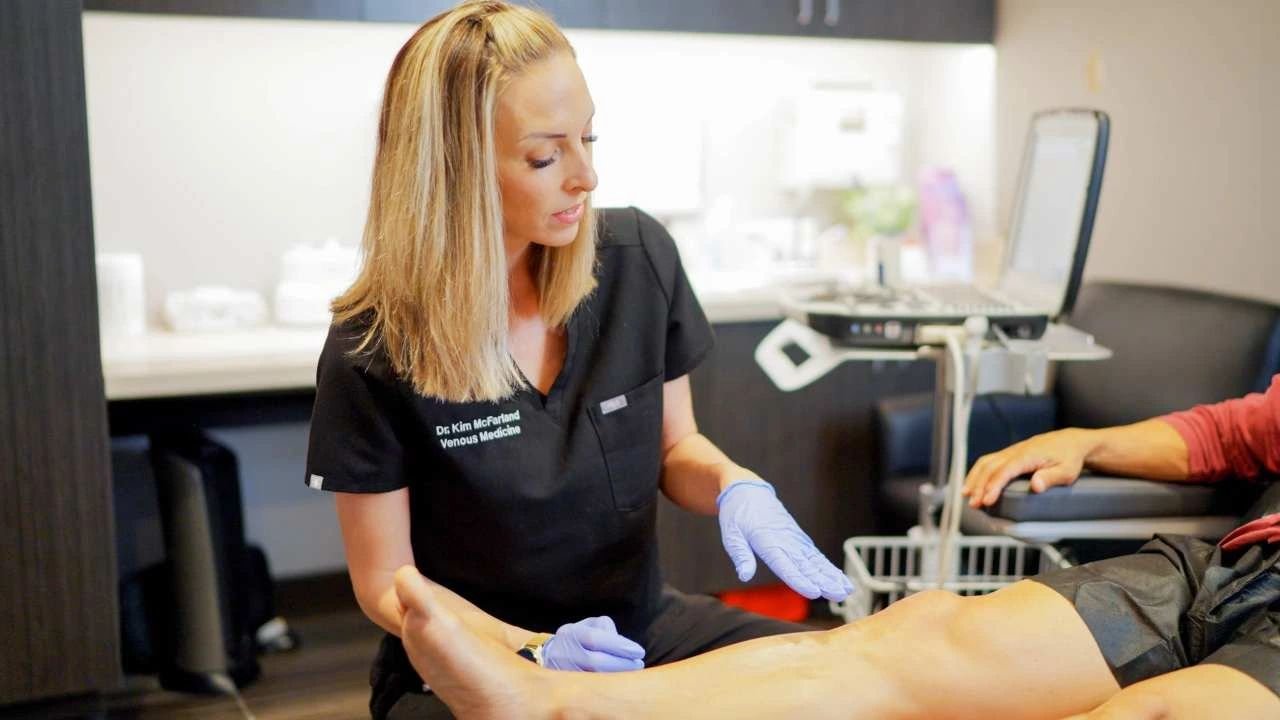The working out of the shoulders is usually not complete without training the rear delts. These are the muscles at the back of your shoulders, they are significant in the balance and stability of the upper body. In this guide, we focus on the best rear delt exercises and explain how each one benefits your body. By executing the movements with easy steps and using short sets, it is possible to gain strength, build a good posture, and preventing shoulder injuries. The exercises have been explained below with their muscle targeted body parts, the equipment required and much more.
Boost Back Strength with Suspended Inverted Row

The suspended inverted row is an intelligent way to build up your upper back as well as rear delt with your bodyweight. It includes TRX suspension straps or rings, and you can add difficulty as you go. It assists in developing posture and regulation as well as relieving stress on the spine. This movement works the rear delts along with the lats and rhomboids. The overhand grip increases activation in the upper back. A strong core keeps your form aligned. Elevating your feet makes the row harder, while standing keeps it beginner-friendly.
| Foot Position | Difficulty Level |
| Standing upright | Easy |
| Feet stepped forward | Moderate |
| Feet elevated | Hardest |
Equipment needed: TRX or gymnastic rings, stable overhead anchor point.
Muscles worked: Rear deltoids, trapezius, core, rhomboids, lower back for stability.
Rear Delt Flys to Isolate and Build Precision
The rear delt fly focuses only on the rear deltoid muscles. It’s a direct isolation move done with dumbbells or on a Pec Deck machine. You sit forward with arms slightly bent and pull the weight outward to activate the delts deeply. This exercise strengthens posture and balance in shoulder joints. The key is to use light weights for control and perform high reps. Aim for 12–15 reps per set. It helps with sculpting round shoulders and prevents imbalances caused by too much chest work.
| Equipment Needed | Ideal Reps | Form Tip |
| Dumbbells | 12–15 | Soft elbows, smooth motion |
| Pec Deck Machine | 10–12 | Chest against pad, neutral grip |
Equipment needed: Dumbbells or rear delt machine.
Muscles worked: Rear deltoids, traps, rhomboids, stabilizers in upper back.
Strengthen Shoulders and Spine with Face Pulls
Face pulls are excellent for improving posture and shoulder health. With a high cable machine and rope attachment, this movement targets the upper back through a horizontal pull. The elbows stay high and wide, working your rear delts efficiently. It also involves external rotation, reducing the risk of shoulder pain from bench pressing. Use light weights and controlled pulls for best results. Change your grip to rotate the shoulders even more. Include this in your pull day routine twice a week.
| Grip Style | Shoulder Activation | Suggested Reps |
| Neutral Grip | Moderate | 12–15 |
| Overhand Grip | High | 10–12 |
Equipment needed: Cable pulley machine, rope attachment.
Muscles worked: Rear deltoids, rhomboids, traps, rotator cuff, core for balance.
Build Balanced Strength with Single Arm Dumbbell Row
This single-sided exercise builds back strength while letting each shoulder work independently. It develops coordination and corrects any muscle imbalance. A flat bench supports your non-working arm and leg while the active side lifts a dumbbell. By keeping the elbow close and moving slowly, the rear delts are fully activated. The move also improves posture and strengthens the back. Perform 3 sets per side, 10 to 12 reps each, for targeted shoulder development.
| Side Worked | Support Needed | Target Area |
| Left/Right | Flat bench | Rear delts, lats |
Equipment needed: Flat bench, dumbbell.
Muscles worked: Rear deltoids, lats, traps, erector spinae, stabilizing arm and leg muscles.
Close Grip Lat Pulldown to Add Size and Control
Most people use the lat pulldown for back growth. But changing to a close grip hits your rear delts better. It requires leaning back slightly and pulling down to your chest. This extra angle improves rear delt activation. The close grip creates a longer range of motion. This allows deeper muscle tension, especially in the lats and rear delts. Use a V-handle and stay strict with form. Avoid swinging the weight. Perform 10–12 reps for best results.
| Grip Type | Rear Delt Activation | Reps Recommended |
| Close V-bar | Strong | 10–12 |
| Wide bar | Moderate | 8–10 |
Equipment needed: Lat pulldown machine, V-bar attachment.
Muscles worked: Rear delts, biceps, lats, traps, upper back stabilizers.
Include Compound and Isolation for Maximum Gains
To build size and stability, combine compound lifts with isolation exercises. Isolation moves like flys sharpen muscle definition. Compound moves like rows and pulldowns boost strength and posture. Together, they offer total shoulder development. Train the rear delts at least two times a week. Rotate between 3 to 4 exercises per session. This prevents plateaus and boosts muscle growth. Adjust weights gradually and maintain correct form.
| Day | Rear Delt Focused Workouts |
| Monday | Rear Delt Fly + Face Pulls |
| Thursday | Inverted Row + Dumbbell Row |
Equipment needed: Mix of cables, dumbbells, pulleys, and suspension gear.
Muscles worked: Full rear deltoid engagement with supporting upper back groups.
Best Rear Delt Exercises Are Your Missing Link
Rear delts may be small, but they matter a lot. They hold your posture upright and protect your shoulders during lifts. Regularly training them boosts your strength and helps your frame look balanced. To get results, stay consistent. Use the best rear delt exercises across your pull days. Mix dumbbells, bodyweight, and machines. Within a few weeks, you’ll notice stronger, more stable shoulders that look and feel powerful.
Read Our More Blogs:- The Gut’s Central Role in Total Wellness: A Hidden Universe Within



